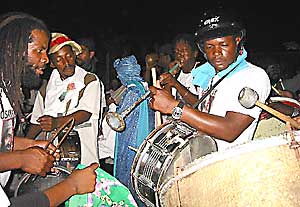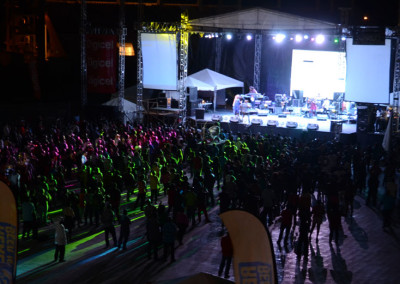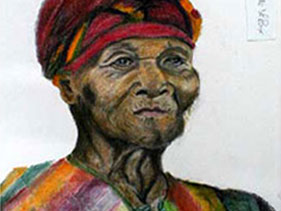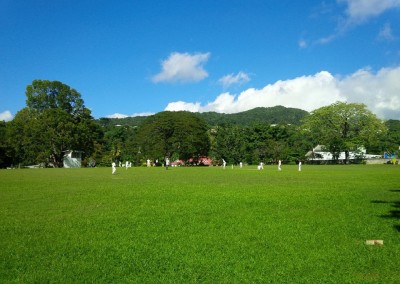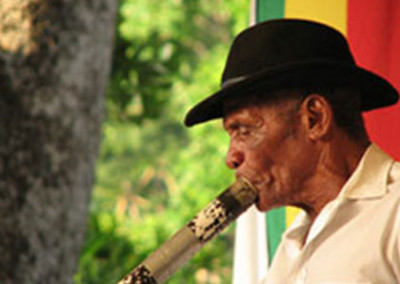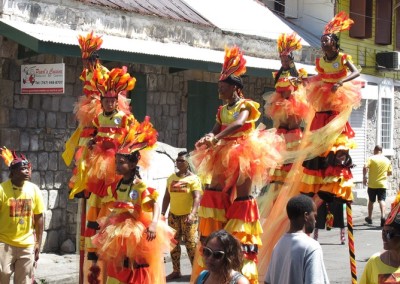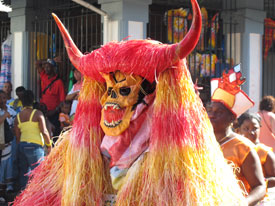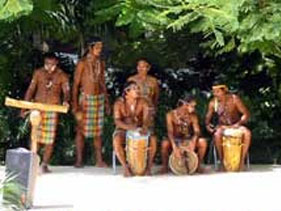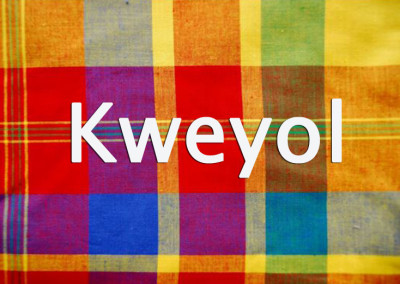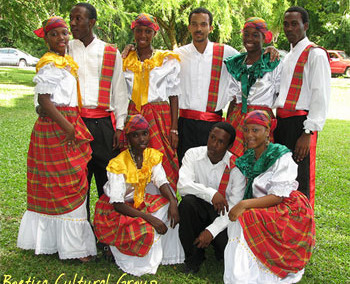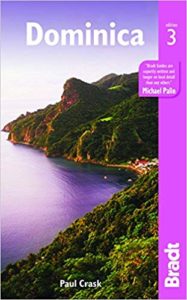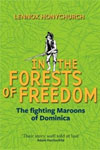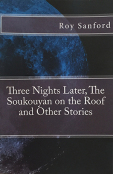Mas Domnik
Carnival Traditions in Dominica
Carnival in Dominica has come a long way since the tradition of wild costume festivals, merrymaking and pre-Lenten feasting first started by the Catholic Europeans in the late 1700’s.
Following the abolition of slavery and the slave trade, the freed slaves celebrated by engaging in masquerade, dancing and singing in the streets and embracing carnival as an expression of their new found freedom.
Here are some of the traditional Carnival Costumes you will see in Dominica.
For more info about Carnival Celebrations in Dominica visit our Carnival Info page.
Dominica’s Carnival is known as “The Real Mas” and is one of the few places in the Caribbean where you can easily take part in the festivities.
So come on over and Play Mas with us!
Sensay / Bwa-Bwa / Darkies/Black Devils / Negre Mawon/Runaway Slaves / Pappy Show Wedding /
Related Links
A History of Pirates in Dominica
The Negre Mawon: Dominica’s Maroons
Mas Domnik: A History of Dominica’s Carnival
History of Dominica in the Olympics
A History of Calibishie
Dominica’s Heritage A – Z
Cricket
Sensay
The word Sensay comes from the Ghanian word ‘senseh’.
In the Twi language spoken in Ghana, ‘senseh’ is a chicken with ruffled feathers.
Traditionally, Sensay costumes were made of sisal rope, derived from natural fibres of the agave sisalana plant.
Today, they are made from crocus bags, banana leaves, frayed rope and cloth, with a mask and cow horn headpieces.
The costume is tied around the entire body in layers so that it falls from the head to the feet- resembling a ‘frizzle fowl’, held sacred among the Twi people.
The sensay figures or band mauvais as they are called can be even more intimidating wearing platform shoes and armed with a whip or baton while teasing onlookers.

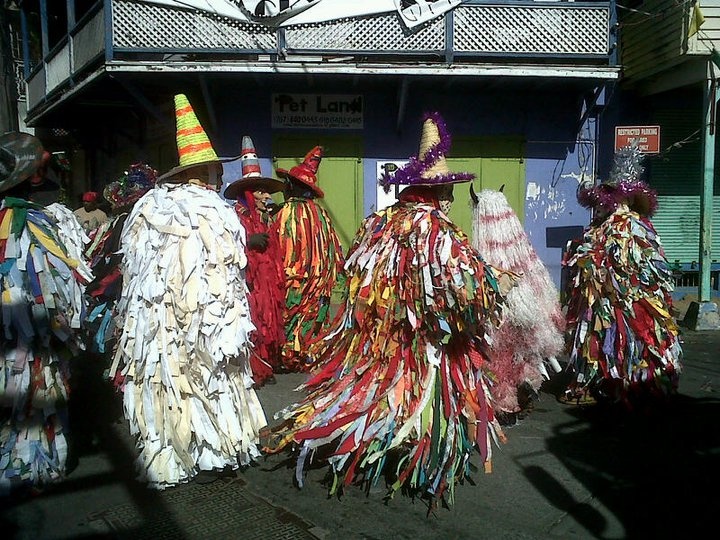
Bwa-Bwa
For children as well as adults, carnival is not quite the same without bwa-bwa dancers.
These 12-foot-high stilt walkers with roots in West Africa are prominent in Dominica’s carnivals.
Bwa-bwa dancers have long been part of religious ceremonies and festivals in many cultures around the world, especially in celebrations of rites of passage and crop harvesting.
During our carnival celebrations, towering bwa-bwa dancers wear costumes and face paints and dance to calypso and soca music as they parade though the streets. In the past, they are known to collect tips from spectators sitting on the high verandahs throughout the town.
For a modern day view of the Bwa-Bwa, check out the Afrikulture Stilt Walkers!


Darkies / Black Devils
Throughout the carnival season, you may hear of the ‘Good Hope Darkies’ or ‘Black Devils’ and wonder who they are. Although Darkie is usually regarded as an offensive term for a Black person, at carnival time, Darkies are celebrated for their historical significance. The tradition of the Darkies is a European influence that has been modified to suit African culture.
Covered in soot or black paint, for over a century these gangs would gather on the Newtown Savannah and perform an African martial art dance using sticks.
Although the Darkies no longer practice this custom, they continue to parade the streets threatening to ‘darken up’ other clean revelers.
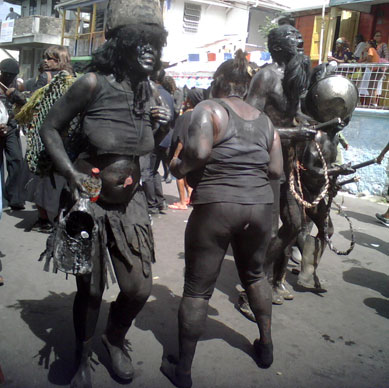
Negre Mawon / Runaway Slaves
Like the Darkies running the streets, we can find the Negre Mawon playing Mas traditional style. Negre Mawon is the Creole term for a ‘ Black maroon’ or ‘runaway slave’. Bands such as the Castle Bruce Negre Mawon, pay tribute to the slaves who ran away into the mountains and are often seen wearing shackles and broken chains on their feet, signifying the maroons breaking from bondage and reclaiming their freedom.
Generally, the story of slavery evokes images of oppression and victimization. For Neg Mawon revelers, it’s a celebration and recognition of the spirit of African warriors who fought for liberty, equality and human rights.
In Dominica, we can find places particularly at Rosalie and behind Colihaut where maroons used to live. These hideouts are still called ‘Negre Mawon’ today.
Pappy Show Wedding
Simply put, J’ouvert is not J’ouvert without a Pappy Show Wedding. A what? I hear you say…
In dictionary terms, a pappy show is something that looks ridiculous, and so a Pappy Show Wedding is a mockery of a traditional wedding ceremony.
Pappy Show Weddings are more often than not, entertaining spectacles during carnival, the more outrageous the costumes, the better the wedding. In the early days, the bridal party traveled from house to house performing short skits and was rewarded with drinks and food.
More recently we see few Pappy Show Weddings, but this tradition is here to stay and will continue especially on J’ouvert mornings when mas players celebrate freedom of self-expression with abandon!

Lapo Kabwit
There is a saying in Dominica that whenever you hear a drum beat, in no time locals will gravitate to the drumming and have a fete. It is true that Dominicans love chipping to the rhythmic beats of La Peau Kabwit bands, especially first thing J’ouvert morning, as it signals the start of two consecutive days of pure bacchanal.
La Peau in Creole means ‘skin’ and Kabwit means ‘goat’, and so, La Peau Kabwit drums are simple drums made from dried goat skins.
These drumming tradition dates back to emancipation days when freed slaves celebrated with an island-wide church service followed by street masquerade with tambou drums, shack-shacks and loud boom booms. This custom continues to this day, with popular groups including the Newtown and Yam Piece Lapeau Kabwit bands being the center of attraction while thousands of feet pound the streets as if joining their ancestors in celebration of emancipation.
Thanks to Mara Etienne-Manley for this article!
An example of modern day Lapo Kabwit, check out the Sugar Fyah International.
